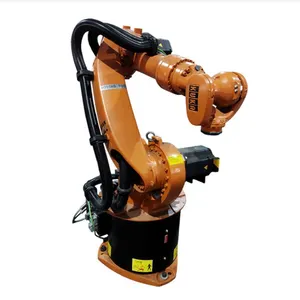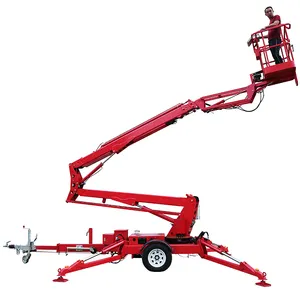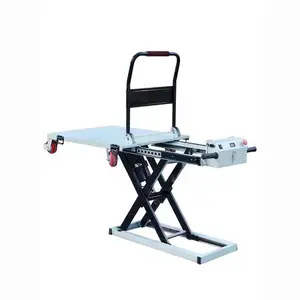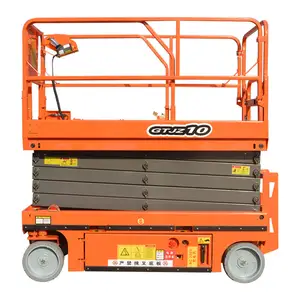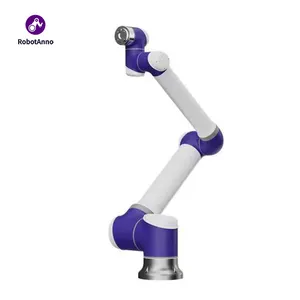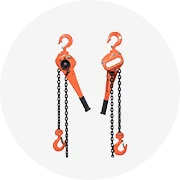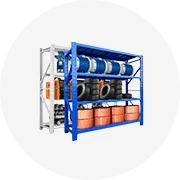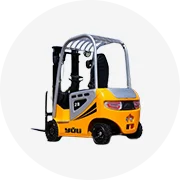Popular in your industry
























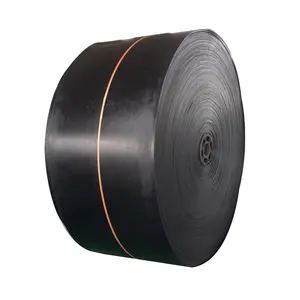

















































Related Searches:






























































































































































Top categories
About 36 inch conveyor belt
Introduction to 36 Inch Conveyor Belts
Exploring the realm of material handling, a 36 inch conveyor belt stands as a pivotal component in industrial operations. This category encompasses a broad range of conveyor systems designed to facilitate the efficient movement of goods within a facility.
Types and Applications
Conveyor belts, particularly those measuring 36 inches in width, are versatile in their applications. They are integral to industries such as mining, agriculture, and manufacturing, where they serve to transport bulk materials or individual products from one point to another. The diversity in types includes flat belts, modular belts, and cleated belts, each serving distinct operational requirements.
Features and Materials
The construction of a 36 inch belt conveyor system is a testament to engineering precision, utilizing materials such as rubber, PVC, fabric, or metal. These materials are selected for their durability and suitability to the specific environment in which the conveyor will operate. Features may include high tensile strength, resistance to abrasion, and the ability to withstand various temperature ranges.
Advantages of Using a 36 Inch Conveyor Belt
The adoption of a conveyor belt of 36 inches in width brings forth several advantages. It enhances operational efficiency by streamlining the movement of materials, thereby reducing manual handling. This automation not only accelerates production cycles but also minimizes the risk of errors and workplace accidents associated with manual labor.
Flexibility and Control
A 36 inch wide conveyor belt offers unparalleled flexibility, accommodating a variety of material sizes and weights. This adaptability ensures that a single conveyor system can handle diverse operational demands. Moreover, the incorporation of advanced control systems allows for precise management of the material flow, contributing to a more organized and efficient production line.
Risk Reduction and Operational Efficiency
Implementing a conveyor system with a 36 inch belt significantly mitigates operational risks. By reducing the need for manual lifting of heavy materials, it lowers the potential for workplace injuries. Furthermore, the reliability of a conveyor belt system enhances overall operational efficiency, allowing businesses to focus on optimizing production rather than managing the logistics of material movement.
